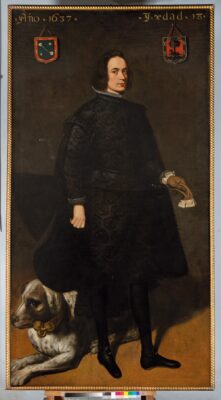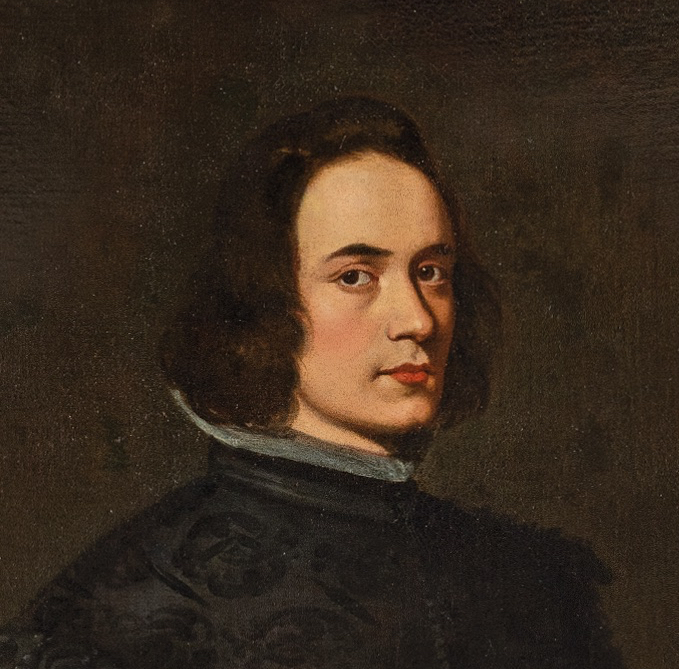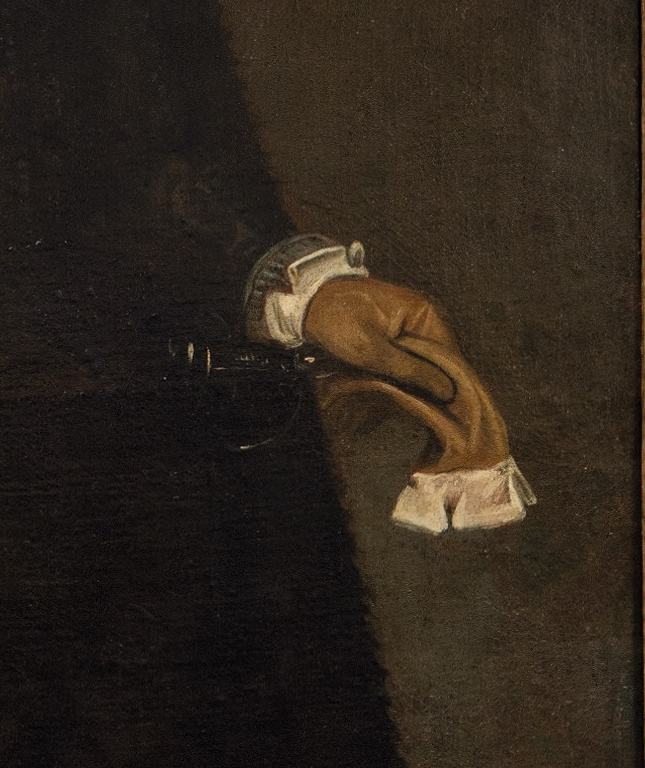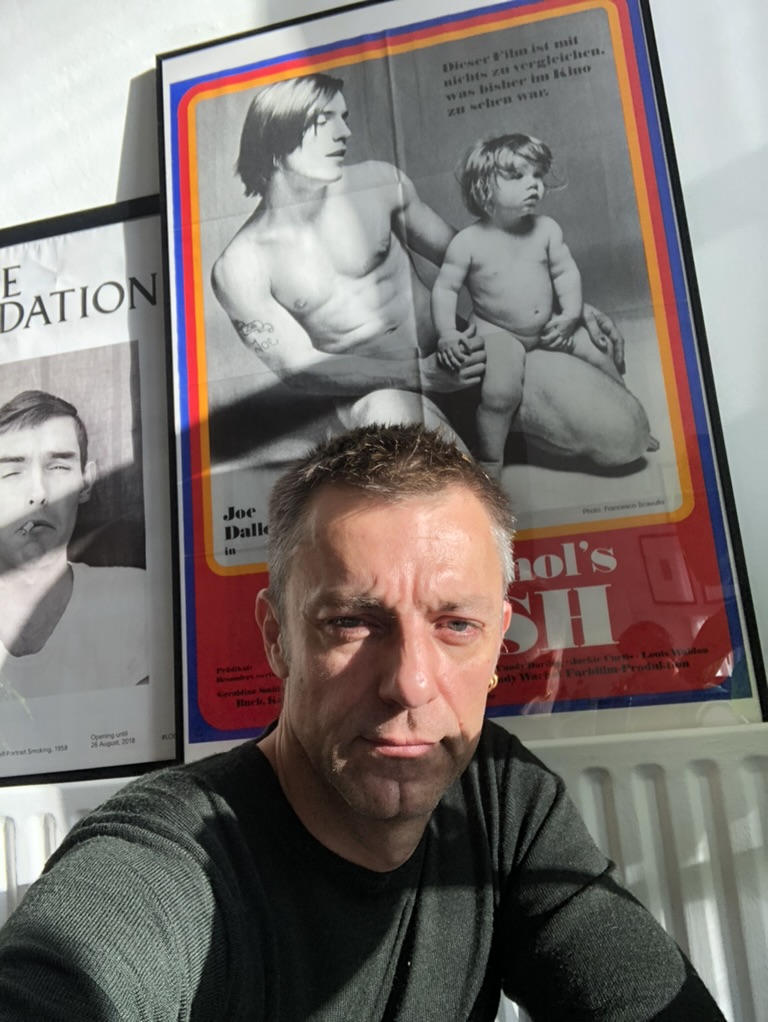Search
To search for an exact match, type the word or phrase you want in quotation marks.
A*DESK has been offering since 2002 contents about criticism and contemporary art. A*DESK has become consolidated thanks to all those who have believed in the project, all those who have followed us, debating, participating and collaborating. Many people have collaborated with A*DESK, and continue to do so. Their efforts, knowledge and belief in the project are what make it grow internationally. At A*DESK we have also generated work for over one hundred professionals in culture, from small collaborations with reviews and classes, to more prolonged and intense collaborations.
At A*DESK we believe in the need for free and universal access to culture and knowledge. We want to carry on being independent, remaining open to more ideas and opinions. If you believe in A*DESK, we need your backing to be able to continue. You can now participate in the project by supporting it. You can choose how much you want to contribute to the project.
You can decide how much you want to bring to the project.

A curious painting appeared in the Segre auction house on December 12, 2023 in Madrid. Labeled as lot 69 and identified as “Portrait of a Noble Gentleman of the Vicuña Family,” whose authorship has been attributed by the Department of Antique and 19th Century Paintings to a “follower of Juan Van Der Hamen y León, 17th century.”
This oil painting on canvas that measures 206.5 x 107.5 cm presents a full-body subject in the style of the Spanish school of the time. On the top of the painting there are two trompe-l’oeil noble shields and, above them, two inscriptions, one that dates the work from 1637 and another that states that the subject of the painting is 18 years old. At their feet, as is common in other courtly portraits, sits a large dog. The work is in good condition, although the varnishes, being quite old, do not allow a precise appreciation. The painting has a scrim and has been retouched, evidencing a loss of material. Even so, an ultraviolet scan confirms the good workmanship and conservation of the face and hands and the generally good condition of the painting.
The portrait in question is the property of a Spanish family to which it has belonged for as long as they can remember. There is no information on its provenance and no sales or catalogue documents either in the family archives nor attached to the work. It would seem, therefore, to be a painting that has been passed down within the same family as inheritance prior to the 20th century.
Stylistically, the painting is typical of a court portrait from the 17th century Spanish school, based on the style of Antonio Moro and Titian, which reaches its maximum expression in the work of Velazquez in the court of Philip IV. In the work that is the subject of this study we observe many of the style’s essential characteristics: the sitter appears full-body and gazing at the viewer in front of an indistinct, almost abstract background. The subject dresses like a Spaniard of the time, all in black and with a cape and collar. A glove covers their left hand which holds the other glove while ostensibly resting it on the hilt of a sword. The blade in its sheath is lifted by the weight of their arm, thus causing the cape to rise behind them. The shape of the face, hands and neck, as well as the use of light to create volume, are typical of mid-17th century Spanish painting.
The symbolic elements are also common: the sword alludes to the status of the gentleman while the dog indicates fidelity and command, and the shields (still pending definitive identification) are of families from the time.
We are, thus, faced with a good-quality portrait of a gentleman, made far from the center of power but in a society that uses the artistic work in the same way, that is, as a form of exaltation and an expression of the personality and social status of the person portrayed, which thus certifies the existence of a specific, noble individual. The most striking detail of the painting is found in the subject’s face, which cannot be identified with complete certainty as either male or female.
Indeed, if we abstract the face from the rest of the attributes present (clothing and sword) we could not say, with absolute certainty, whether the subject is a man or a woman. The light complexion, the oval face, the full lips and the soft gaze offer no clear gender definition. There is nothing that allows us an absolute identification of the masculine characteristics that usually appear in portraits from that period. The subject has neither a beard nor mustache, nor do they have sharp cheekbones or the hard look of the traditional characterization which, in this type of public representation, are used to demonstrate masculinity. The same that is applied to their sense of command, which is a value that the society of the time highlights in a portrait of a man like the one with which, in theory, we are dealing. Here, however, the obvious contrast between the undefined face, the male clothing and the fact that they carry a sword, should lead us to apply new identifications of the subject.

In addition to the stylistic coincidences that led the auction house team to identify it from Van Der Hamen’s workshop, there is another piece of information that could confirm the authorship, that is, the possible interest of the painter and his circle in representing other, non-binary sexual identities. An example of this is the portrait of Catalina de Erauso, the so-called Ensign Nun, painted by Juan de Van der Hamen himself in 1626, just ten years before the painting we are dealing with here. The creation of this painting was greatly influenced by a comedy written by Juan Pérez de Montalban about Erauso, in which the brother of the nun uses a printed portrait to locate her. This indicates the importance given at the time to images in the processes of identification and individualization of this type of character and the value of the face over the other attributes, such as, for example, clothing. It is the fixed facial features that distinguish her from others and not how she dresses herself, as this can change.
Thus, the need to view the individual portrayed beyond their attributes (clothing) reminds us of the description of Orlando in Virginia Woolf’s biography: “He—for there could be no doubt of his sex, though the fashion of the time did something to disguise it” We assign gender to a character beyond the social distinctions (fashion) that characterize them. In this case, the clothing is that of a man and the prominent presence of the sword, with the hand resting on the hilt, underlines our reading of the sitter as masculine.
However, the insistence on these elements does not make us forget the aforementioned lack of definition of the face. What’s more, the fact that this has been painted with greater skill than the rest of the work (corresponding to the commercial practice of the time which reserved the authorship of the most important parts of the portrait to the master of the workshop), forces us to consider the person portrayed as intentionally represented within the parameters of intersexuality. The repetition within our gaze, which moves from the face to the sword and then back to the male clothes and once again to the face and back to the clothes, condemns us to a reading that can be understood as a successful search, one not limited by the two extremes of binary gender.
We should consider the sword, the gloves and the cape as devices of gender and class at the same time which place the person portrayed in a specific socio-sexual spectrum. However, the face of the subject contradicts this. According to the semiotics of the portrait of Catalina de Erauso, we can rule out that the subject is a lesbian or masculinized woman since, as we have seen in that example, the female face has undergone a process of butchification that is not to be found here.

We know the penchant in 17th century Spain for portraying non-canonical bodies (dwarfs, obese people, freaks) that enjoyed a specific space of appreciation and existence. This work, however, is a portrait of a precise character, one that belongs to the nobility, with all of its status and pride. The use of a means of exaltation and a demonstration of belonging to a specific social class, even in the case of an individual with dissident sexuality, indicates that class is more important than gender issues.
Might we therefore be faced with a possible portrait of an intersexual character from 17th century Spain? If so, that would be an example of gender performativity from more than 300 years ago. The gesture of holding the glove in their left hand, which creates a skin structure that fills itself with two elements, the two gloves, mirrored and complementing each other, can be read as a biological form, leather, which itself has two qualities, that is, of penetrating and of being penetrated. The sword, which lies behind the sitter, creates with the cape what looks like a skirt, such that the symbol of the subject’s masculinity also functions as an artifact to reveal their femininity.
Finally, there also exists the possibility of a fabrication. What if, for example, this were a portrait of Orlando during an unknown stay in Spain? According to the information present in the portrait, specifically the date of 1637, we are talking about the period in which the young gentleman, after suffering from their love betrayed by Sasha and disappointed by the scam of the poet Nicholas Greene, opts to seclude themself in their family home, where they will be harassed by the Archduke/Archduchess Harry/Harriet. Seeking an escape from this situation, he is appointed by King Charles II as ambassador to Constantinople, the city where he settles and where his transformation into a woman will take place. Orlando had to show himself to be worthy to obtain royal favor, and this worth must be earned, often by obscure operations of dubious legality and at great risk for the parties involved who must remain unknown and hidden. The time of the old Queen, who granted privileges for beauty, had passed, and with the new monarch Orlando would have had to prove himself worthy.
Let us remember that years before, in the 1620s, Charles I, then still Prince of Wales, had made an odd, risky trip to Spain in the company of his beloved Duke of Buckingham, to try to win the hand of the Infanta María, the sister of Philip IV. The English prince’s Spanish journey was unsuccessful since he did not achieve his goal of wedding into the Spanish monarchy, but he did discover an absolutist model of power which he then tried to replicate after his ascension to the throne and which caused a revolution in his country that cost him his head. He also discovered the importance of the consumption of art and its use in the representation of royalty, but he made countless diplomatic mistakes and was unmasked by his ambiguous relationship with the Duke of Buckingham.
In this context, it would make sense for the young gentleman Orlando to be put to the test before receiving better assignments, perhaps sent to Spain to solve some pending problem there, such as the recovery of evidence that would reveal some of the mistakes committed years before when the king was still a prince. In the 1730s, tensions between Spain and England were high due to the settlement of English colonies in the Spanish territories in America. Perhaps Orlando was sent to discuss these issues and in hopes of an alliance, and the painting in question is a testimony of his visit and the relationships he maintained in Spain that would lead him to be portrayed in a painting. Perhaps this is evidence of an unknown chapter in Virginia Woolf’s biography of Orlando.

Joaquín García Martín, born in Madrid, the city where he still lives and where he did his higher education, has collaborated in management tasks with a large number of local institutions dedicated to contemporary art in. After years of managing someone else’s gallery, he decided to open his own gallery in spite of everything. For 8 years, he made it the place where he gave rise to the artistic practices he believed in until reality and the pandemic forced him to be more realistic. Recently, he has decided to channel his professional practice through writing and curating. In both sectors he advocates research and dissemination of the other realities existing beyond the hegemonic centres of thought, economy, visibility and ways of doing.
"A desk is a dangerous place from which to watch the world" (John Le Carré)